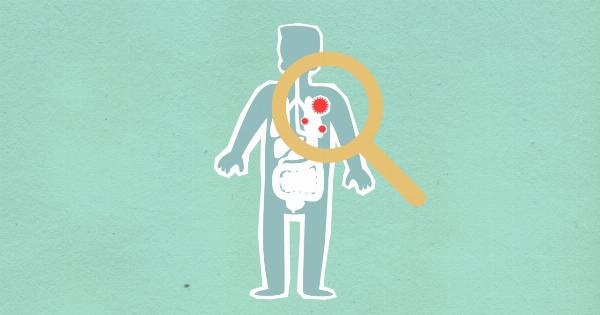Every day we make choices about what products and services we consume. Our consumption patterns are shaped by a wide range of factors, including our personal tastes and preferences, economic conditions, social norms, and technological developments.
However, one of the most significant factors influencing our consumption patterns is the environment.
The Impact of Climate Change on Consumption Patterns
Climate change is one of the most pressing environmental challenges of our time. It is caused by the emission of greenhouse gases, primarily carbon dioxide, which traps heat in the Earth’s atmosphere and leads to global warming.
As climate change progresses, it is likely to have a significant impact on our consumption patterns in a number of ways.
Firstly, it is likely to lead to changes in what we consume. For example, as temperatures rise and droughts become more common, it may become more difficult to produce certain types of agricultural products.
This could lead to changes in the types of food we eat, as well as the costs of these products. Similarly, as sea levels rise, it may become more difficult to produce seafood, which could lead to reduced consumption of these products.
Secondly, climate change may lead to changes in how we consume. For example, rising temperatures may lead to an increased demand for air conditioning, which could lead to higher energy consumption and greenhouse gas emissions.
Similarly, as extreme weather events become more common, there may be greater demand for products and services that help protect against these events, such as flood barriers or storm shutters.
The Role of Environmental Regulations in Shaping Consumption Patterns
In addition to climate change, environmental regulations also play a significant role in shaping our consumption patterns. These regulations are designed to protect the environment by limiting pollution and other forms of environmental damage.
They can have a significant impact on what products and services we consume, as well as how we consume them.
For example, regulations on vehicle emissions have led to the development of more fuel-efficient cars. This has had an impact on how much we spend on fuel, as well as the types of cars we choose to buy.
Similarly, regulations on the disposal of hazardous waste have led to the development of new products and services that help to reduce waste and promote recycling.
The Impact of Natural Resource Availability on Consumption Patterns
The availability of natural resources can also have a significant impact on our consumption patterns. As resources become scarcer, prices may rise, and we may need to find alternatives to use.
For example, as oil becomes scarcer, we may need to find alternative sources of energy, such as wind or solar power.
In addition to price, natural resource availability can also impact what products and services we consume. For example, if water becomes scarcer, we may need to reduce our consumption of water-intensive products such as beef or cotton.
Similarly, if metals become scarcer, we may need to find new ways to manufacture products that require these resources.
The Impact of Technological Developments on Consumption Patterns
Technological developments can also have a significant impact on our consumption patterns. New technologies can lead to the development of new products and services, as well as new ways of producing and using existing products.
They can also have an impact on how much we spend on different products and services.
For example, the widespread adoption of smartphones has led to significant changes in the way we consume media. Streaming services have become increasingly popular, while physical media such as CDs and DVDs have become less common.
Similarly, the development of electric cars may lead to changes in how much we spend on fuel, and the types of cars we choose to buy.
Conclusion
Our consumption patterns are shaped by a range of factors, including economic conditions, social norms, and personal preferences. However, environmental factors also play a significant role in shaping what we consume and how we consume it.
From climate change to natural resource availability, environmental factors help to shape the products and services we consume, as well as the prices we pay for them.
As we continue to face pressing environmental challenges, it is likely that the impact of these factors on our consumption patterns will only increase.
As such, it is important that we keep these factors in mind as we make choices about what products and services we consume, and that we work to develop more sustainable consumption patterns for the future.






























